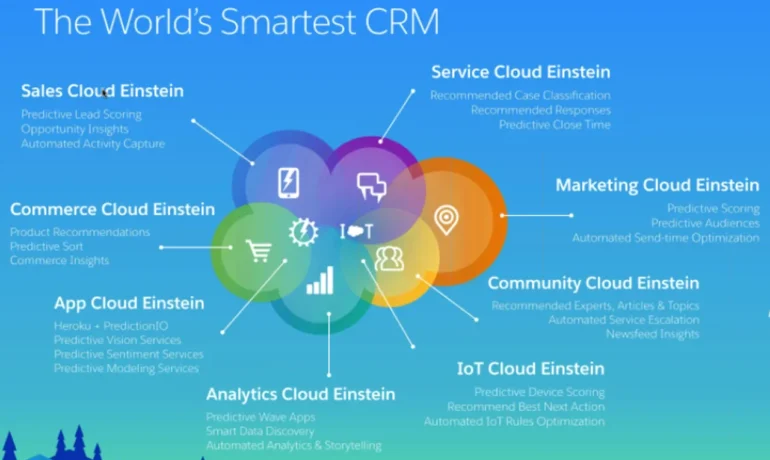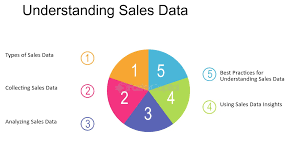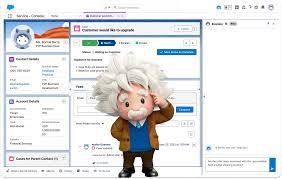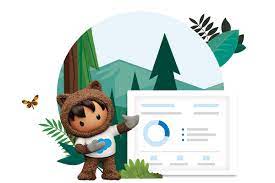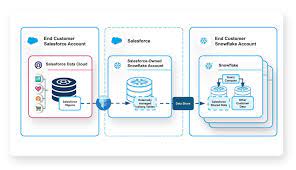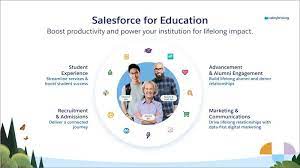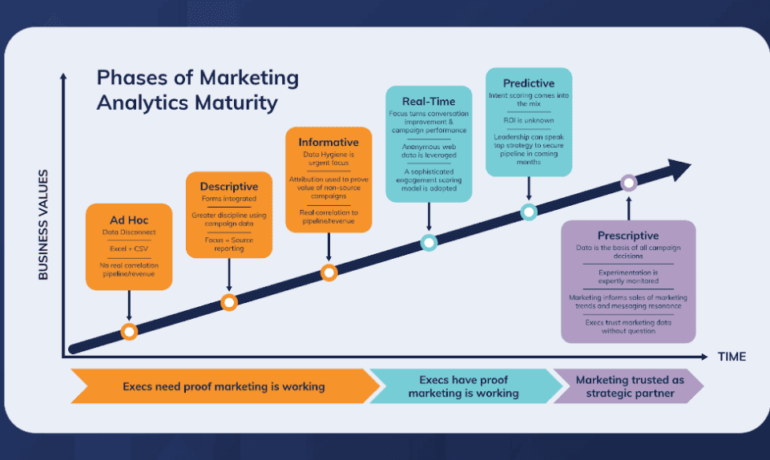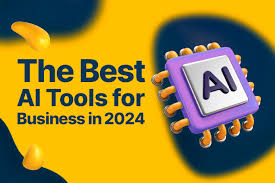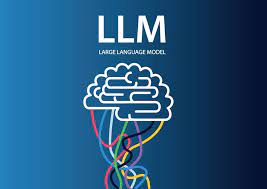Self Service Customer Service
The importance of effective customer service, particularly through self-service options, cannot be overstated. Both customers and organizations often prefer self-service solutions: customers to avoid waiting on hold and speaking with potentially uninformed agents, and organizations to reduce the load and cost associated with live agent interactions. Despite the clear benefits, the customer experience with self-service often falls short because it tends to prioritize business efficiencies over customer needs. For self-service to truly succeed, it must be mutually beneficial for both businesses and customers. According to Salesforce’s “State of the Connected Customer” study, 61% of customers prefer using self-service over live-agent phone calls for resolving simple issues. This trend is reflected in the growing use of self-service portals and chatbots, with 72% of customers utilizing self-service portals and 55% engaging with self-service chatbots. However, a significant barrier remains: 68% of customers would avoid using a company’s chatbot after a negative experience. The challenge lies in moving from a business-centric approach to a customer-centric one when deploying self-service technologies. Often, businesses implement these solutions primarily to cut costs, which can result in poorly designed interfaces that fail to meet customer expectations. This disconnect can harm customer satisfaction and loyalty in the long run. The integration of AI offers a promising solution. Unlike earlier iterations, today’s AI-driven chatbots can deliver personalized, context-aware interactions based on customer data and history. This capability ensures that customers receive timely, relevant assistance across multiple channels, enhancing the overall self-service experience. When deploying self-service capabilities, organizations should adopt a customer-first mindset: Successful self-service implementation hinges on these considerations, aiming not only to deflect calls but also to elevate customer satisfaction through intuitive, responsive self-service experiences. For further insights on optimizing self-service strategies, join our upcoming webinar discussing holistic CX strategies on July 10. We look forward to exploring how to empower customers to self-serve effectively, ensuring mutual benefits for organizations and their clientele. Customers Expect a Lot from Self-Service, and Too Few Get What They Want or Need Customers expect a lot from self-service channels — more than them just being available 24/365. They want answers to myriad questions or issues, and information about products and services. But the average self-service success rate today is just 14%. Improving this rate is a significant or moderate priority for 90% of customer service and support leaders Gartner recently surveyed. Customer support teams must provide always-on problem-solving across all of the self-service channels they offer — from site search to AI chatbots, to the portal to IVR and messaging apps. To think about the entirety of the modern service delivery model — even as customer demands evolve — focus on a few key areas: Gartner recommends that to meet the support organization’s goals and objectives, the self-service experience should include 11 foundational capabilities. Each improves some aspects of CX and elements of the search-to-resolution process. Together they drive significantly more business value, create effortless customer experiences, and improve overall self-service adoption and success. Here are the 11 capabilities: Like Related Posts Salesforce OEM AppExchange Expanding its reach beyond CRM, Salesforce.com has launched a new service called AppExchange OEM Edition, aimed at non-CRM service providers. Read more The Salesforce Story In Marc Benioff’s own words How did salesforce.com grow from a start up in a rented apartment into the world’s Read more Salesforce Jigsaw Salesforce.com, a prominent figure in cloud computing, has finalized a deal to acquire Jigsaw, a wiki-style business contact database, for Read more Service Cloud with AI-Driven Intelligence Salesforce Enhances Service Cloud with AI-Driven Intelligence Engine Data science and analytics are rapidly becoming standard features in enterprise applications, Read more



